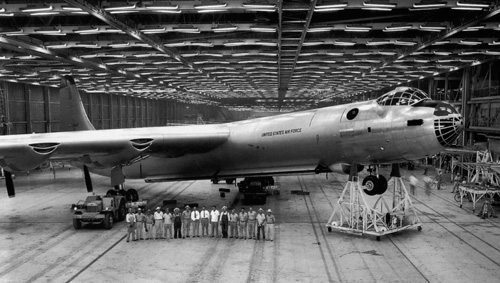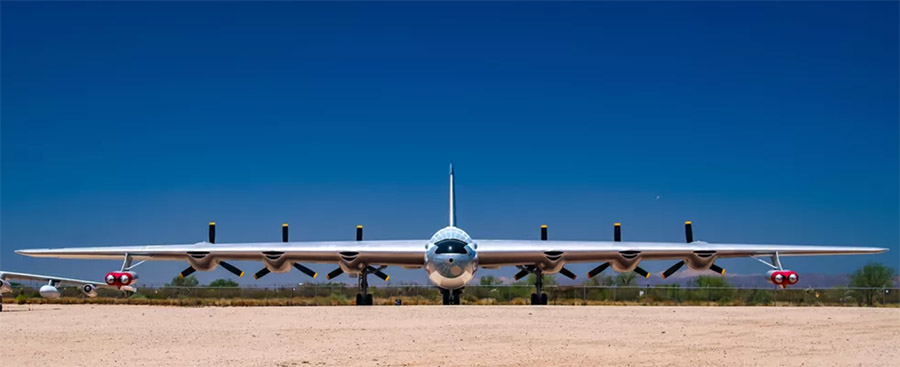This could be a long blog read or a short one. It’s your call. I have two YouTube videos today that are pretty amazing, in my opinion. One is short and one is long.
By way of background, my first job as an engineer was on the F-16 program at General Dynamics in Fort Worth, Texas. The reason I guess that’s significant is a few years ago I came across this video, Six Turning Four Burning, and as I watched it, I recognized the General Dynamics plant where I worked in the background. The video is an excerpt from Strategic Air Command, a 1950s movie starring Jimmy Stewart. It features the Convair B-36 bomber, an airplane with six radial piston engines and four jet engines (hence the six turning, four burning title). I think you’ll enjoy it.
Yesterday, I was channel surfing on Netflix and I found a documentary about the B-36. That had my attention, because when I worked at General Dynamics 40 years ago, there were still guys there who had worked on the B-36 engineering development program. They spoke about the B-36 in reverential tones, and to them, it was perhaps mankind’s greatest accomplishment.
Everything about the B-36 was Texas sized. It had a wingspan larger than a 747. The tail was so tall they had to raise the aircraft nose 18 feet to get the tail to clear the Convair plant exit as these giants came off the assembly line. I don’t know what impressed me more…the aircraft itself, or the way those oldtimers talked about it.

The B-36 documentary I found on Netflix is also on YouTube. This video is about an hour long, but it’s a good one, and if you like the kinds of things you see here on the ExhaustNotes blog I think you’ll enjoy it. I sure did.
Even though I lived in Fort Worth and spent a ton of time on the Carswell AFB runway working F-16 issues, I had no idea how prominently Fort Worth and a man named Amon Carter figured into the B-36 story. The B-36 movie above educated me on that topic. When I lived in Fort Worth, I visited the Amon Carter Museum of American Art, which has perhaps the world’s greatest collection of Frederic Remington paintings and sculptures. One that really spoke to me was Remington’s Old Stagecoach of the Plains. It was a huge painting, so realistic I could almost see the stagecoach moving and hear it creaking and rattling. It was awesome.

If you are ever in the Fort Worth area, I think the Amon Carter museum on Camp Bowie Boulevard is a “must see” destination.
Want some cool B-36 stuff? How about the Hayne’s owner’s workshop B-36 manual? Or maybe a mahogany B-36 model
?
Never miss an ExNotes blog…sign up here:

